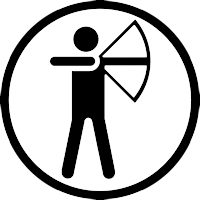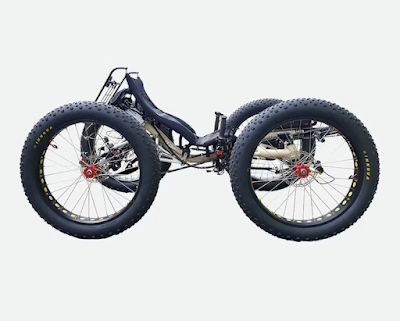Here are some tips to consider when buying an e-bike:
Determine your riding needs: Assess how and where you plan to ride your e-bike. Consider factors such as commuting, recreational use, off-road trails, or hilly terrains. This will help you choose the right type and features that match your riding preferences.
Set a budget: Determine your budget range for purchasing an e-bike. Keep in mind that e-bikes can vary significantly in price, depending on factors like brand, motor power, battery capacity, and additional features.
Research e-bike types: There are various e-bike styles available, including city/commuter bikes, mountain bikes, folding bikes, cargo bikes, and more. Research different types to find one that suits your intended use and riding style.
Consider motor type and power: E-bikes typically have either hub motors (located in the wheel) or mid-drive motors (located at the crankset). Each has its advantages. Consider the motor power, measured in watts, as it influences the bike's speed and ability to handle inclines.
Battery range and capacity: Pay attention to the battery's range, which indicates the distance the e-bike can travel on a single charge. Consider the battery capacity (measured in watt-hours) as it affects the bike's range and performance.
Test ride multiple models: Visit local bike shops and test ride different e-bike models to get a feel for their handling, comfort, and overall ride quality. This allows you to compare different options and choose one that feels comfortable and suits your riding style.
Consider bike weight and frame design: E-bikes tend to be heavier than regular bikes due to the added components. Consider the weight and frame design to ensure it aligns with your preferences, especially if you need to lift or transport the bike regularly.
Check for quality components: Assess the overall build quality and components of the e-bike, including the frame, brakes, gears, and suspension (if applicable). High-quality components often provide better performance, durability, and safety.
Research customer reviews and ratings: Look for customer reviews and ratings of the e-bike models you're interested in. This can provide insights into real-world experiences and help you make an informed decision.
Consider after-sales support and warranty: Research the manufacturer's reputation for customer support and warranty policies. A reputable brand with good after-sales support can be beneficial if you encounter any issues or need assistance.
Check local regulations: Familiarize yourself with local e-bike regulations and laws regarding maximum speed, power limits, helmet requirements, and where e-bikes are allowed to ride. Compliance with regulations ensures a legal and safe riding experience.
Evaluate maintenance and servicing: Understand the maintenance requirements of the e-bike, including battery charging, software updates (if applicable), and servicing needs. Consider if there are local bike shops or authorized service centers available for repairs and maintenance.
Consider additional accessories: Factor in any additional accessories you may need, such as lights, fenders, racks, or locks. Some e-bikes may come with these accessories included, while others may require separate purchases.
Read the fine print: Before finalizing a purchase, carefully read the warranty terms, return policy, and any fine print related to the e-bike. Ensure you have a clear understanding of what is covered and any potential limitations.
By considering these tips, you can make an informed decision when purchasing an e-bike that aligns with your needs, preferences, and budget.

























